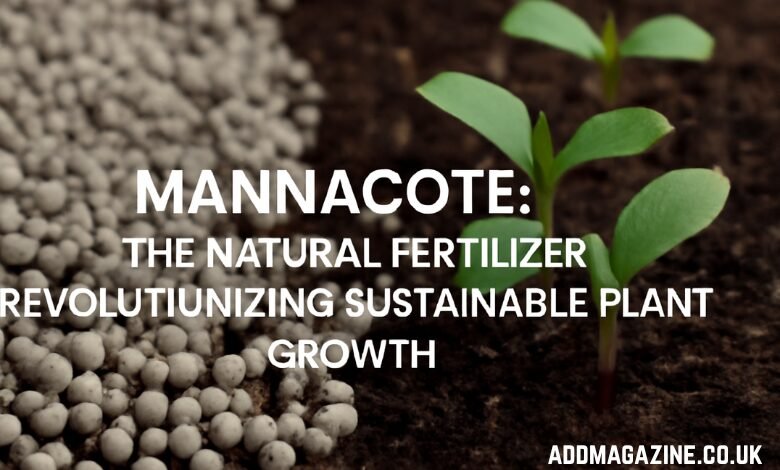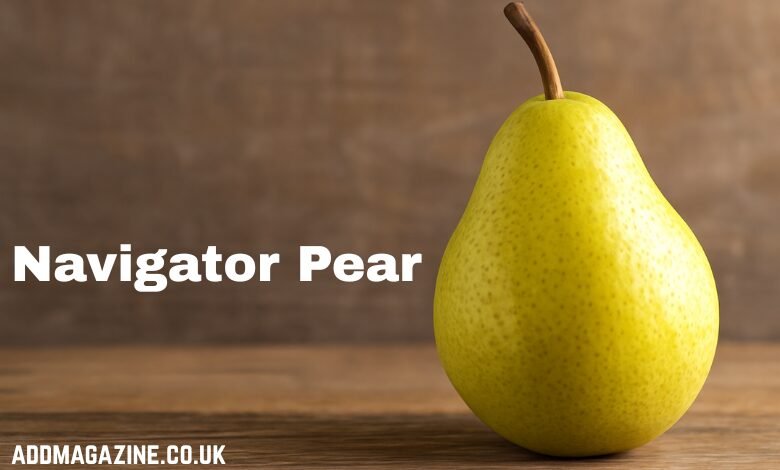As the world turns increasingly towards sustainable agriculture and eco-friendly gardening practices, the importance of natural fertilizers cannot be overstated. Among these, Mannacote has emerged as a highly effective, slow-release fertilizer designed to nourish plants without the harmful environmental effects of traditional chemical fertilizers. This article explores Mannacote, its origins, benefits, and its role in fostering sustainable agriculture.
The Origins of Mannacote
Mannacote was first developed in the mid-20th century, during a time when the global agricultural industry was experiencing a significant shift towards chemical fertilizers. These fertilizers, while effective in boosting crop yields, raised concerns about their environmental impact, particularly regarding nutrient runoff, soil degradation, and pollution of water sources.
The creation of Mannacote was motivated by a growing need for more sustainable alternatives that would address these environmental concerns while still providing plants with the essential nutrients they require for healthy growth. The product was developed by a group of agricultural scientists and researchers who recognized the need for a fertilizer that could offer both high efficiency and minimal environmental impact. They focused on developing a slow-release mechanism to ensure that nutrients were gradually available to plants, reducing waste and the need for constant reapplication.
While the exact date of its creation remains unclear, Mannacote gained popularity in the 1970s and 1980s as organic and sustainable farming practices began to rise in prominence. As people became more conscious of the environmental impact of chemical fertilizers, products like Mannacote became essential for promoting a more sustainable approach to agriculture.
What is Mannacote?
Mannacote is a slow-release organic fertilizer designed to provide plants with a continuous supply of essential nutrients. Unlike conventional chemical fertilizers that provide a rapid nutrient release, Mannacote delivers nutrients steadily, supporting plants over a longer period. This method of nutrient delivery reduces the risk of nutrient leaching, which can harm the surrounding environment, especially water systems.
The main components of Mannacote include organic matter such as plant residues, animal manure, and other naturally occurring substances. These organic materials are combined to create a product that offers a balanced mix of macronutrients (nitrogen, phosphorus, and potassium) and micronutrients essential for plant health.
The Science Behind Mannacote
The key feature that sets Mannacote apart from traditional fertilizers is its slow-release mechanism. This is achieved through the use of organic coatings and a blend of nutrients that break down over time in the soil. As water and microbial activity in the soil break down the coating, nutrients are gradually released, providing plants with a steady supply of nourishment.
This gradual release helps avoid the problems often associated with traditional fertilizers, such as nutrient imbalances, over-fertilization, and nutrient runoff. For instance, when chemical fertilizers are applied, they tend to release all their nutrients at once, which can overwhelm plants and cause damage to the soil and surrounding ecosystems. In contrast, Mannacote provides a more balanced, sustainable option that nourishes plants over time.
The Development of Slow-Release Fertilizers
The concept of slow-release fertilizers dates back to the early 20th century, but it was not until the 1960s and 1970s that the technology to produce effective slow-release fertilizers became widely available. During this period, the agricultural community began to recognize the drawbacks of quick-release chemical fertilizers, such as nutrient leaching and environmental pollution.
In the years that followed, agricultural scientists, such as Dr. John Mann, worked on developing slow-release fertilizers that would address these issues. By combining natural organic materials with innovative coating technologies, scientists were able to create products like Mannacote that provided a more sustainable solution to plant nutrition.
Key Benefits of Mannacote
- Sustainability and Environmental Benefits: Mannacote is an eco-friendly fertilizer. It is biodegradable, which means it doesn’t contribute to long-term soil or water pollution. The slow-release nature of the product reduces nutrient leaching into nearby water sources, which can contribute to water pollution and harmful algal blooms. It also promotes soil health by enriching the microbial life in the soil, leading to better soil structure and increased organic matter.
- Continuous Nutrient Supply: Unlike traditional fertilizers that offer a quick burst of nutrients, Mannacote provides a steady stream of nutrients over time. This continuous nutrient availability ensures plants receive consistent nourishment, reducing the need for frequent fertilization and helping plants grow strong and healthy.
- Minimized Fertilizer Loss: With nutrients released slowly, Mannacote reduces waste, allowing plants to absorb nutrients efficiently, unlike traditional fertilizers that are easily washed away by water. This makes Mannacote a more cost-efficient and sustainable choice for plant nourishment.
- Improved Soil Health: The organic matter in Mannacote helps to improve soil quality by enhancing its ability to retain moisture and nutrients. Over time, the soil becomes more fertile and supportive of plant growth, creating a healthier growing environment for crops and gardens.
- Safety: Mannacote is non-toxic, making it safe for humans, animals, and wildlife. This is a major advantage over chemical fertilizers, which can pose health risks to people, pets, and local wildlife.
Types of Plants That Benefit from Mannacote
Mannacote is a versatile fertilizer that can be used for a variety of plants, from vegetables to flowering shrubs. It is particularly useful for plants that require a long-term supply of nutrients.
- Fruit Trees: Fruit trees often require a steady supply of nutrients throughout their growing season. Mannacote ensures that trees receive consistent nourishment, leading to better fruit quality and increased yields.
- Vegetable Gardens: For vegetable growers, Mannacote provides the necessary nutrients for healthy, vigorous growth without the risk of burning plants. It supports consistent growth, ensuring a productive harvest.
- Flowering Plants: Flowers need ongoing nutrient support to thrive. The gradual nutrient release from Mannacote encourages vibrant blooms and strong stems, making it ideal for flower gardens.
- Perennials and Shrubs: Perennial plants and shrubs benefit from the long-term nourishment provided by Mannacote. This slow release of nutrients ensures that these plants continue to grow healthily year after year.
How to Apply Mannacote
Applying Mannacote is a simple process that ensures maximum effectiveness. Follow these steps for best results:
- Soil Preparation: Start by preparing the soil. Clear away any unwanted plants or debris and make sure the soil is properly aerated and drains well.
- Application: Sprinkle Mannacote evenly around the base of the plants or throughout the garden bed. For larger areas, use a broadcast spreader for uniform coverage.
- Watering: Once the fertilizer is applied, thoroughly water the area to help it settle and activate. This helps activate the fertilizer and integrate it into the soil.
- Ongoing Care: Since Mannacote provides nutrients over an extended period, you will not need to reapply it as frequently as other fertilizers. Keep an eye on your plants’ development and soil condition, and reapply if necessary for optimal growth.
Mannacote vs. Traditional Fertilizers
When compared to traditional chemical fertilizers, Mannacote offers several distinct advantages:
- Environmental Impact: Traditional fertilizers can cause environmental damage due to nutrient runoff and leaching. Mannacote minimizes these issues by releasing nutrients gradually and reducing the chances of pollution.
- Nutrient Delivery: Mannacote delivers a steady supply of nutrients, preventing the problems of nutrient overload or deficiency that can occur with chemical fertilizers.
- Sustainability: Unlike chemical fertilizers, which can degrade soil health over time, Mannacote improves soil structure and supports long-term fertility.
Conclusion
Mannacote represents a key step towards more sustainable and eco-friendly gardening and farming practices. Its slow-release mechanism, combined with its organic ingredients, makes it an ideal fertilizer for promoting healthy plant growth while minimizing environmental harm. By choosing Mannacote, gardeners, farmers, and landscapers are making a responsible choice for the future of agriculture—one that benefits not just plants but the entire ecosystem.




